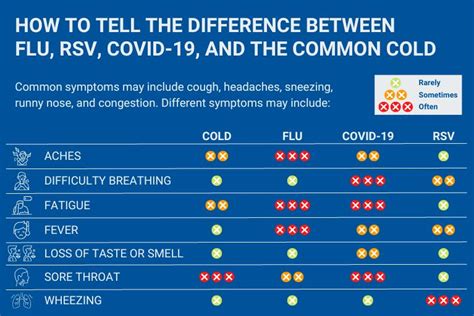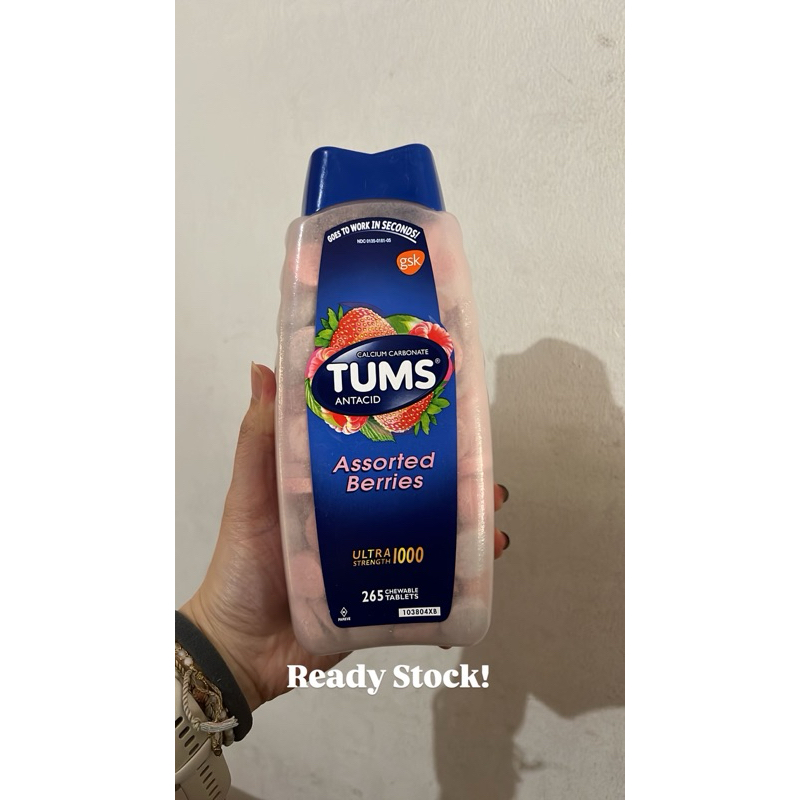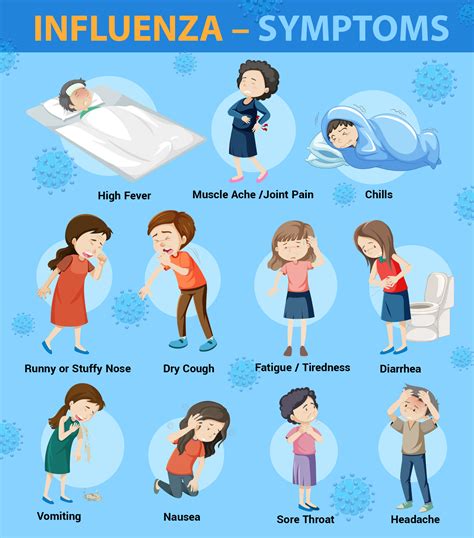The overlap of symptoms between RSV (Respiratory Syncytial Virus) and COVID-19 has become a significant concern for healthcare professionals and the general public alike. Both viruses can lead to respiratory infections, ranging from mild to severe, and their similarities in symptoms often make differential diagnosis a challenge. Understanding the nuances of each virus, their transmission modes, symptom profiles, and the populations most at risk can help in making informed decisions regarding health and preventive measures.
Introduction to RSV and COVID-19
RSV is a common virus that affects all ages but is most severe in young children and older adults. It is the most common cause of bronchiolitis and pneumonia among children younger than one year of age in the United States. On the other hand, COVID-19, caused by the SARS-CoV-2 virus, has been responsible for a global pandemic, affecting millions of people worldwide and leading to severe respiratory illness, particularly among older adults and those with underlying health conditions.
Transmission
Both RSV and COVID-19 are contagious and can spread through close contact with an infected person. RSV spreads through:
- Direct contact: Touching or shaking hands with someone infected with RSV.
- Indirect contact: Touching surfaces or objects that have the virus on them and then touching your face before washing your hands.
- Droplet spread: Through coughs and sneezes that release droplets into the air.
COVID-19 also spreads through respiratory droplets produced when an infected person coughs, sneezes, talks, or breathes. These droplets can land in the mouths or noses of people who are nearby or possibly be inhaled into the lungs. Additionally, COVID-19 can spread through contact with contaminated surfaces, although this is not thought to be the main way the virus spreads.
Symptoms
The symptoms of RSV and COVID-19 can overlap significantly but also have some distinct differences:
RSV:
- Runny nose
- Coughing
- Sneezing
- Fever
- Loss of appetite
- In severe cases, especially in infants and older adults, RSV can lead to bronchiolitis or pneumonia, characterized by wheezing, difficulty breathing, and apnea (pauses in breathing) in infants.
COVID-19:
- Fever or chills
- Cough
- Shortness of breath or difficulty breathing
- Fatigue
- Muscle or body aches
- Headache
- Sore throat
- Runny nose or stuffy nose
- Diarrhea
- Nausea or vomiting
Diagnosis
Diagnosing RSV or COVID-19 involves clinical evaluation and laboratory tests. For RSV, diagnosis is typically made based on symptoms, especially during RSV season (usually October to April in the Northern Hemisphere), and can be confirmed with a rapid antigen detection test or molecular assays. COVID-19 diagnosis is primarily through molecular tests (like PCR) that detect the genetic material of the virus, and antigen tests that detect specific proteins on the virus’s surface.
Treatment and Prevention
There is no specific treatment for RSV infection, and management focuses on relieving symptoms and supporting the body’s immune response, such as maintaining hydration and using fever reducers. For high-risk infants, such as those born prematurely, palivizumab (Synagis) may be prescribed to help prevent severe RSV disease.
For COVID-19, treatment depends on the severity of the disease. Mild cases may only require symptomatic treatment and isolation to prevent spread, while more severe cases may require hospitalization for supportive care, such as oxygen therapy, and antiviral medications like remdesivir in some cases.
Prevention for both viruses includes practicing good hygiene (frequent hand washing), avoiding close contact with anyone showing symptoms of a respiratory illness, and cleaning and disinfecting surfaces. Specifically for COVID-19, wearing masks, especially in indoor public places and when around individuals who do not live in the same household, and getting vaccinated against COVID-19 are crucial preventive measures.
Conclusion
While RSV and COVID-19 share similar symptoms and can both lead to serious respiratory illness, understanding their differences in transmission, symptomatology, diagnosis, and management is critical. As the world continues to navigate the challenges posed by these viruses, a vigilant and informed public, combined with advances in medical science and technology, will play a pivotal role in mitigating their impact.
Given the overlap in symptoms between RSV and COVID-19, if you or a loved one is experiencing respiratory symptoms, especially if they are severe or worsening, it is crucial to seek medical attention. Healthcare providers can conduct the necessary tests to determine the cause of the illness and provide appropriate treatment and guidance.
FAQs
What are the most common symptoms of RSV and COVID-19 that distinguish them?
+While both can present with fever, cough, and runny nose, COVID-19 is more likely to cause a loss of taste and smell, diarrhea, nausea, and body aches compared to RSV. RSV, particularly in young children, might lead to more noticeable wheezing and difficulty breathing without the distinct loss of taste and smell seen in COVID-19.
How can one prevent the spread of RSV and COVID-19?
+Prevention measures for both viruses include frequent hand washing, avoiding close contact with anyone showing symptoms of a respiratory illness, cleaning and disinfecting surfaces, and for COVID-19, wearing masks and getting vaccinated.
In the face of these viral challenges, staying informed, adhering to preventive guidelines, and seeking medical attention when necessary are the best defenses against RSV and COVID-19. As research continues and medical understanding evolves, the global community moves closer to more effectively managing and eventually overcoming these viral threats.


